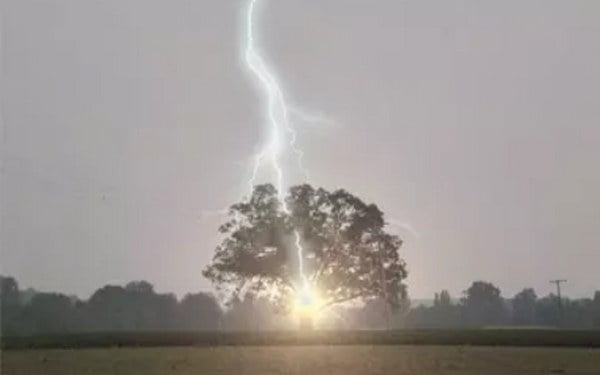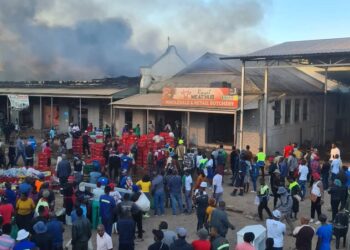GOVERNMENT has put in place concrete plans for a bumper harvest in the wake of a forecast that the bulk of the Southern African Development Community region, including Zimbabwe, will receive good rains this forthcoming summer cropping season.
On Wednesday, the Annual Southern Africa Climate Outlook Forum forecast that much of the SADC region is likely to get normal to above normal rainfall in the October to December 2024 period, bringing hope to the region reeling from the El Nino-induced drought.
Lands, Agriculture, Fisheries, Water and Rural Development Minister, Dr Anxious Masuka, said several strategies were being worked on including configuration of agricultural mechanisation like combine harvesters in line with ecological regions among others.
Minister Masuka said this in Harare on Wednesday while fielding questions from journalists during a post Cabinet media briefing.
“Cabinet approved a couple of weeks ago, the summer cropping plan. Already we have a very concrete plan to ensure we respond resoundingly to the expected normal to above normal rainfall. First the impact will be felt this winter as we harvest the winter wheat.
“In terms of our planning, we have said the rains will be early so we must put in place mechanisms to ensure that we harvest all the winter wheat by the 15th of October and the 310 combine harvesters in the country are being configured and reconfigured,” said Minister Masuka.
“Farmers have been allocated to wheat harvesting clusters, we now know the dates of planting and the likely dates of harvesting and that is the matchmaking. We have also started moving grain from Mashonaland provinces where we still have quite a lot of wheat in storage to the Southern provinces to make way for the incoming harvests.”
He said they were also looking at moisture content levels of grain held by different Grain Marketing Board depots.
“We are also looking at which GMB depots can take higher moisture wheat. We are looking at about 13,1 percent instead of 12,5 percent so with the expected early rains, there are also consequences for the winter wheat. We expect that 3,2 million tonnes of cereals are planted for the 2024/25 season and this will be produced under Presidential Input Scheme, Pfumvudza/Intwasa,” said Minister Masuka.
“There will be agro-ecological tailoring and tailoring of crops to regions. We expect the private sector
to come under the umbrella Food Contractors Association and support 90 000 hectares. We also expect the ARDA scheme, which has become the food security mechanism for the Government, to focus on 100 000 hectares. Self-financing farmers will come on board to assist as they may have the linkages with banks where they can get loans. We also expect Government enabled banks to support 60 000 hectares.”
He said with better rainfall, Government was expecting a rebound of tobacco, cotton and other crops both in terms of tillage and yields.
“We expect tobacco to rebound and rebound in a big way. Similarly we have a robust plan for cotton, so we have very concrete plans for this summer to take advantage of the rains and replenish the Strategic Grain Reserves. It is also critical that Zimbabwe prepares and expands irrigation development so that even if it rains or does not, we will be able to feed ourselves,” said Minister Masuka.
A statement released at the end of the 29th Annual Southern Africa Climate Outlook Forum (SARCOF), forecasts that the bulk of the SADC region is likely to receive normal to above normal rainfall in the October to December (OND) 2024 period.
Due to the adverse weather phenomenon (El Nino), Zimbabwe, Zambia and Malawi have all launched appeals for food aid to support millions of food insecure people.
A national forecast for Zimbabwe is expected to be made in the coming few days as the country steps up efforts to prepare for the summer crop.
Zimbabwe and most other SADC countries recorded the lowest rainfall in decades in the 2023-2024 cropping season resulting in increased food insecurity and water shortages across the region.










